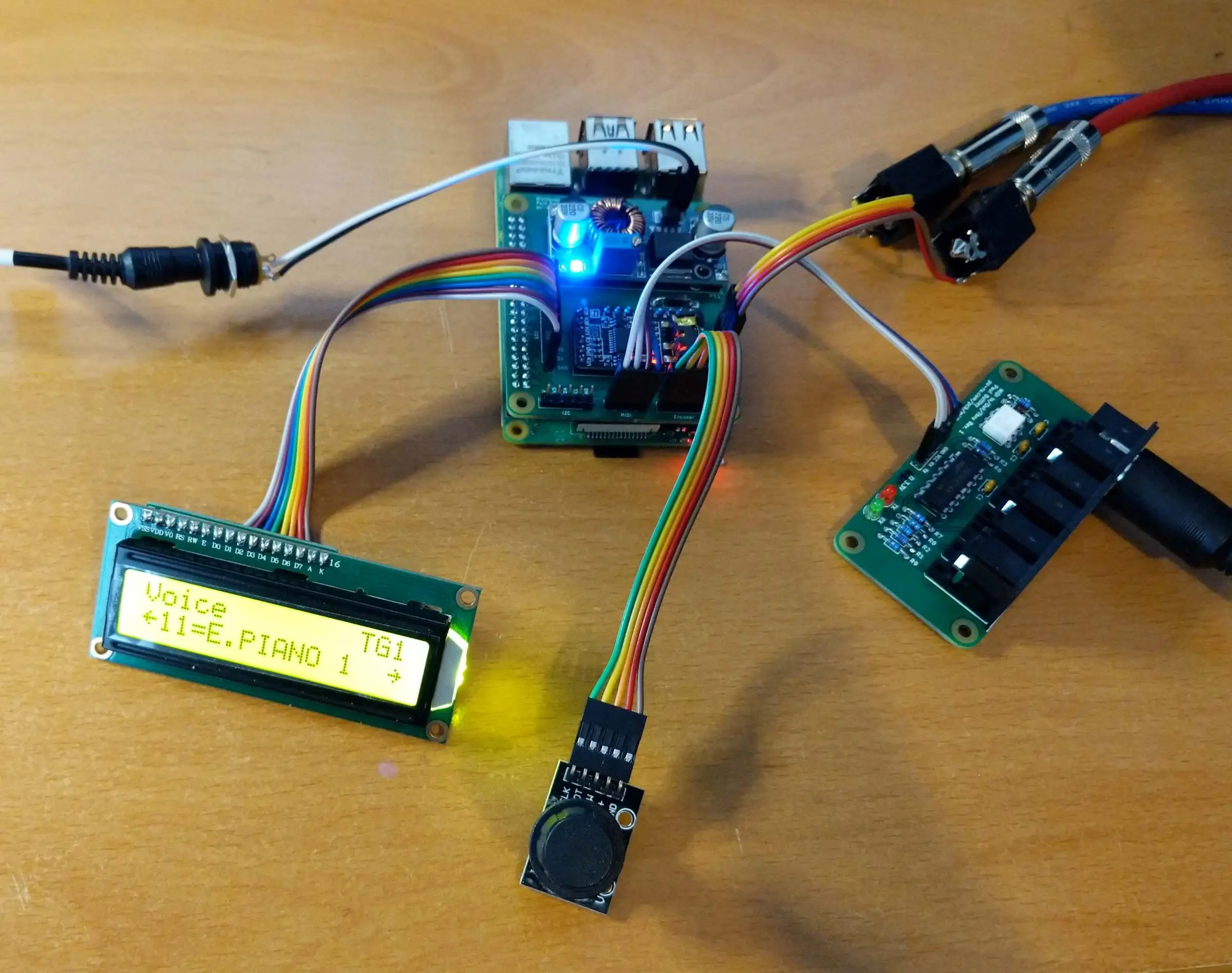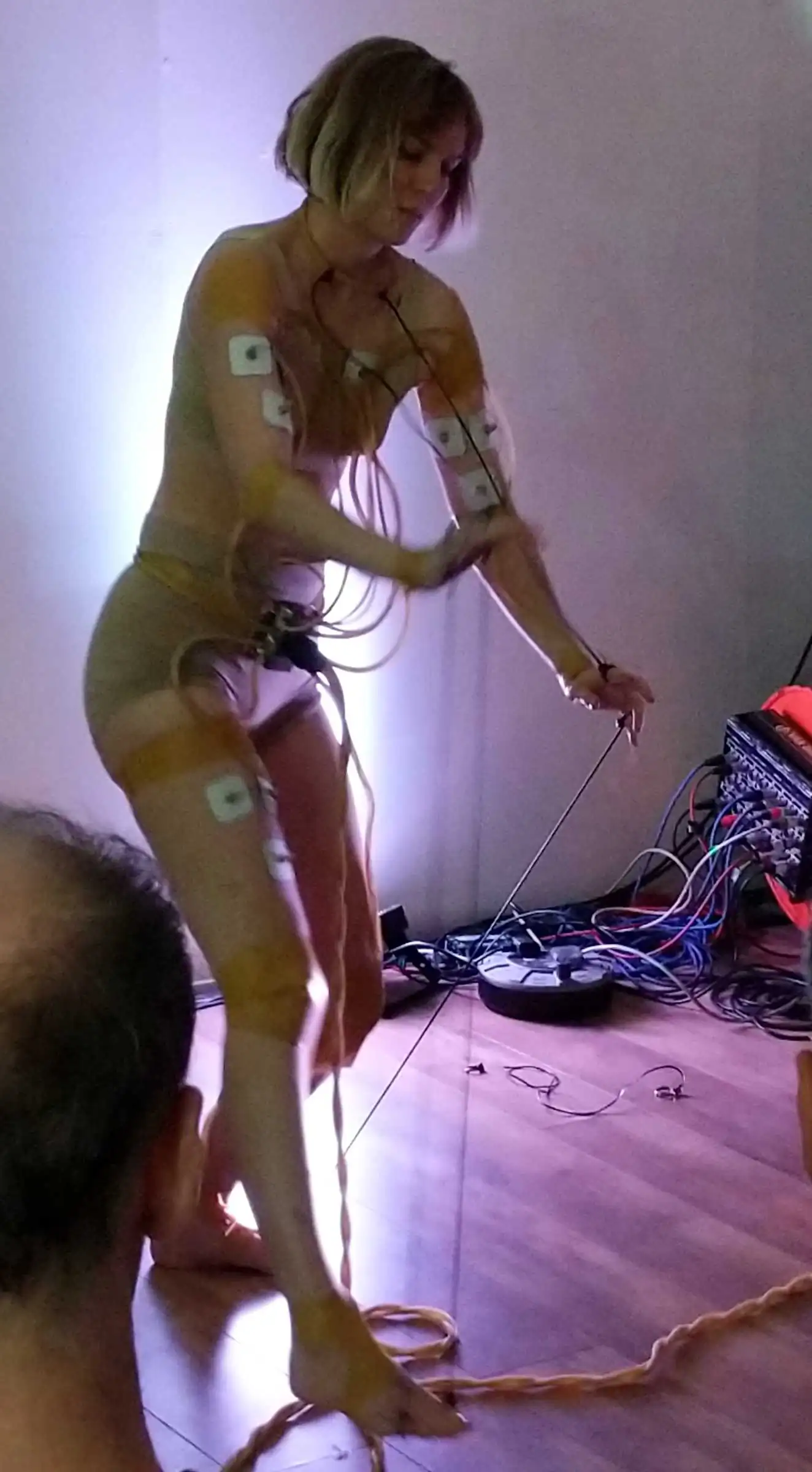Week 95: Up the wall
I went bouldering for the first time on Friday and it was fun. A climbing wall has opened in the local shopping centre, in what used to be a combination Dorothy Perkins and Burton clothes shop until Arcadia Group itself went for a Burton a couple of years ago. After walking past it a couple of dozen times, I thought, maybe I should try that. I know a few people who are or were into bouldering – my brother, some former colleagues – but I’d never tried it. A combination of the convenient location and the feeling that I ought to do something to preserve muscle tone as I get older pushed me into giving it a go. I booked an introductory lesson on Friday afternoon; as I was the only one, it ended up being a one-to-one lesson, which was great.
I learned how to fall off safely (which quickly came in useful) and managed a couple of climbs on my first attempt. I think I did well, I enjoyed it, and I’m definitely going back.
My order of PCBs from JLCPCB arrived in the middle of the week, and I soldered everything, crimped a lot of cables, and assembled it all with a Raspberry Pi into a MiniDexed, essentially an emulator for eight Yamaha DX7 synthesisers, the sound of the eighties.

My MiniDexed build
Here are all the PCBs I designed for the project:
I have a few spare boards: let me know if you’d like one.
The next job is to find or make a suitable enclosure so it’s not just a pile of wires.
We had our loft insulated and boarded. The hardest part of it was clearing everything out of the loft in preparation; the actual process was over in a few hours.
There was some insulation in the loft before, but not much. There was some desultory boarding, but it was neither robust nor properly elevated about the insulation – and if you don’t leave a gap, the insulation is much less effective. In the middle of the loft was a large wooden platform where the old water tank had been, and that was what we were using for storage.
Three skilled professionals turned up at nine in the morning. By two o’clock, they had finished, cleaned up, and left. We now have 8m² of robust flooring and 4m² of shelving in the webbing on each side. It’s easy to get to everything, and it’s a huge increase in usable storage space.
We used a specialist company called The Loft Boys and I’d very much recommend them. They were reliable, turned up when they said they would, and did a good job.
I spent Saturday at the Hackoustic All Dayer. Both going there and coming back, I had to take a detour as the north end of Lower Marsh was cordoned off by the police all day (because of a fatal stabbing, sadly).
There was too much to talk about it all, but there were a couple of interesting themes. The first was people making music with junk, a direct challenge to the gear acquisition syndrome (GAS) that plagues creative endeavours: Hangrui Zhang’s composition for wind instruments made from bits of metal piping, and Suren Seneviratne’s set making music with an ancient MacBook and abandoned software.
The second was turning physical measurements into sound: Arlene Burnett used sensors attached to medicinal plants to control synthesisers, while Craig Scott and Hollie Miller used a variety of sensors attached to the human body to control the playback of field recorded samples, using some latex-clad cabling that was very reminiscent of Cronenberg’s eXistenZ:

Hollie Miller
Did you know that you can deep fry coffee beans? Should you?